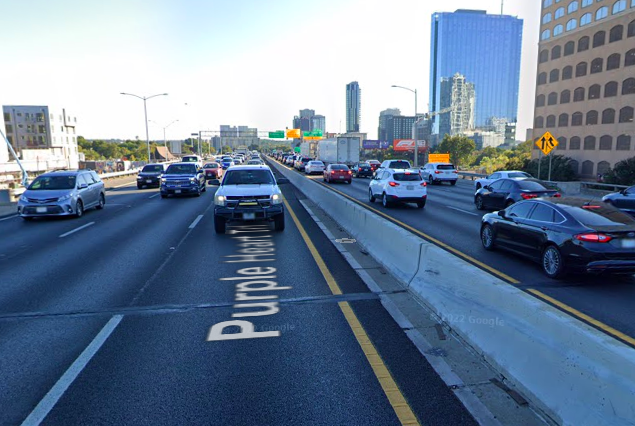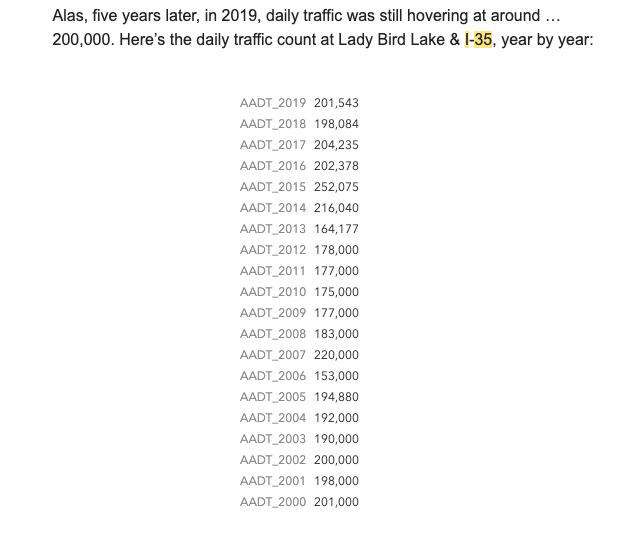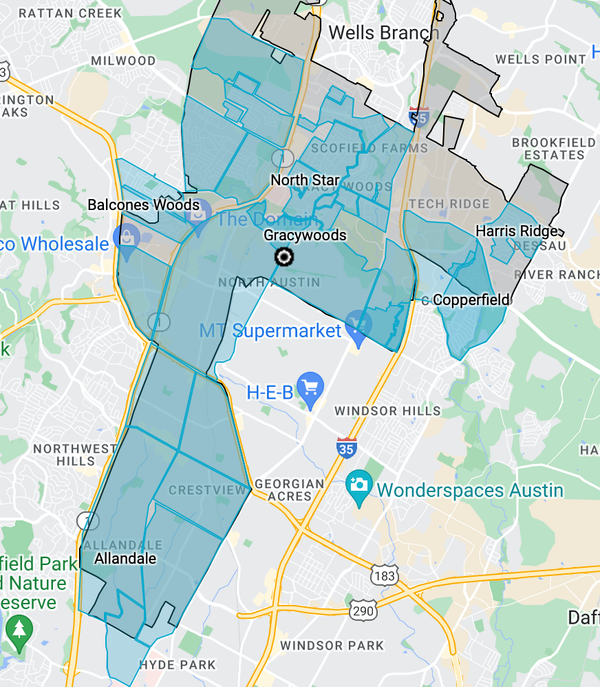Traffic in Austin will never get better
And that's OK.

One major gripe I have about political discourse in the U.S. is how rarely we discuss how other countries approach the issues at hand. But even if I don't support Americentrism, I get it. For better or worse, America is still the biggest deal this world has ever seen.
But what's truly baffling is how reluctant people in Austin are to look to other cities for insight on how to address urban issues. As a result, not only are the problems we face often described as if they are unique to Austin, but any solutions proposed are treated as entirely theoretical, when in fact there are often plenty of examples of them being implemented elsewhere.
For instance, traffic. For years the conventional wisdom, embraced by virtually every local politician and the general public, is that Austin has terrible traffic and that "solving" it must be a top priority of local government. Nobody embodies this better than Mayor Kirk Watson.
Why does Austin have such godawful congestion? The conventional wisdom says it has something to do with naive, stubborn Austinites refusing to make the infrastructure investments necessary for a rapidly growing city. I can't tell you how many times I've heard someone claim that we're in this mess because for too long we've operated under the belief that "if we don't build it, they won't come." (which is actually an apt description of the city's attitude towards housing)
But if you take a step back and compare Austin to at the data, you'll see that this local truism is patent nonsense. Austin doesn't have particularly bad traffic. It has the traffic you'd expect of a city of its size.
All major cities are congested during peak hours. It's a feature, not a bug.
Consider the annual traffic rankings by INRIX, a transportation data company. Last year Austin ranked #19 based on the number of hours the average driver "lost" to congestion: 53.
But more interesting to me than this "hours lost" metric, which at least in theory would be influenced by numerous variables, is the speed at which drivers travel downtown.
According to INRIX, Austin drivers average 17 mph downtown. In Dallas, the average speed is 16 mph. In Houston, it's 16 mph. In San Antonio, it's all the way up at 18 mph!
These are all cities that TxDOT has covered with pavement in the name of congestion relief and yet provide the exact same driving experience as Austin. The most notorious example, of course, is Houston's Katy Freeway, America's widest highway. It's far more congested now than it was before it was widened to 26 lanes.
That's not to say that transportation policy has no impact on traffic flow. It's notable that some of cities at the very top of INRIX's congestion ranking are North America's largest, densest cities: New York, Chicago, Toronto, Boston, which all have average downtown speeds of 11 mph. Part of the reason is that these cities have robust alternatives to driving, which they prioritize at the expense of car speed.
Nearly 20 years ago, Anthony Downs, an economist known for his work on transportation economics, wrote a paper for the Brookings Institute about what to do about congestion in U.S. cities. He laid out three options for beating congestion:
- Congestion pricing (tolls based on time of day)
- Greatly expand road capacity
- Greatly expand public transit capacity
He identified problems with all of these options. Charging tolls (for access to the entire road, not a special lane) for access to critical transportation was politically challenging, he said, and elected officials wouldn't be willing to charge enough to actually solve congestion. Building roads wide enough to actually accommodate all of the peak-time demand would require "demolishing millions of buildings, cutting down trees, and turning most of every metropolitan region into a giant concrete slab." As for public transit, the investment needed to eliminate congestion would be similarly unrealistically gigantic.
Fortunately, he identified a fourth option: Living with congestion. To wit:
This is the sole viable option. The only feasible way to accommodate excess demand for roads during peak periods is to have people wait in line. That means traffic congestion, which is an absolutely essential mechanism for American regions—and most other metropolitan regions throughout the world—to cope with excess demands for road space during peak hours each day.
Wait, if I'm endorsing the belief that public transit won't solve congestion, then why did I support Project Connect? The value proposition of sidewalks, bike lanes and public transit is not to improve the driving experience. It's to offer an alternative to driving!
So don't waste your time waiting for Austin traffic to improve. Whatever change occurs likely won't be great enough for you to notice.
The same number of cars have been traveling on I-35 for the past 25 years:

When we widen I-35, there will be more drivers, but the experience for you will likely remain the same.
We can't make a significant difference in the driving experience in Austin, but we can make a big difference in the walking, biking and transit experience. The first step is recognizing the futility of trying to beat traffic.




